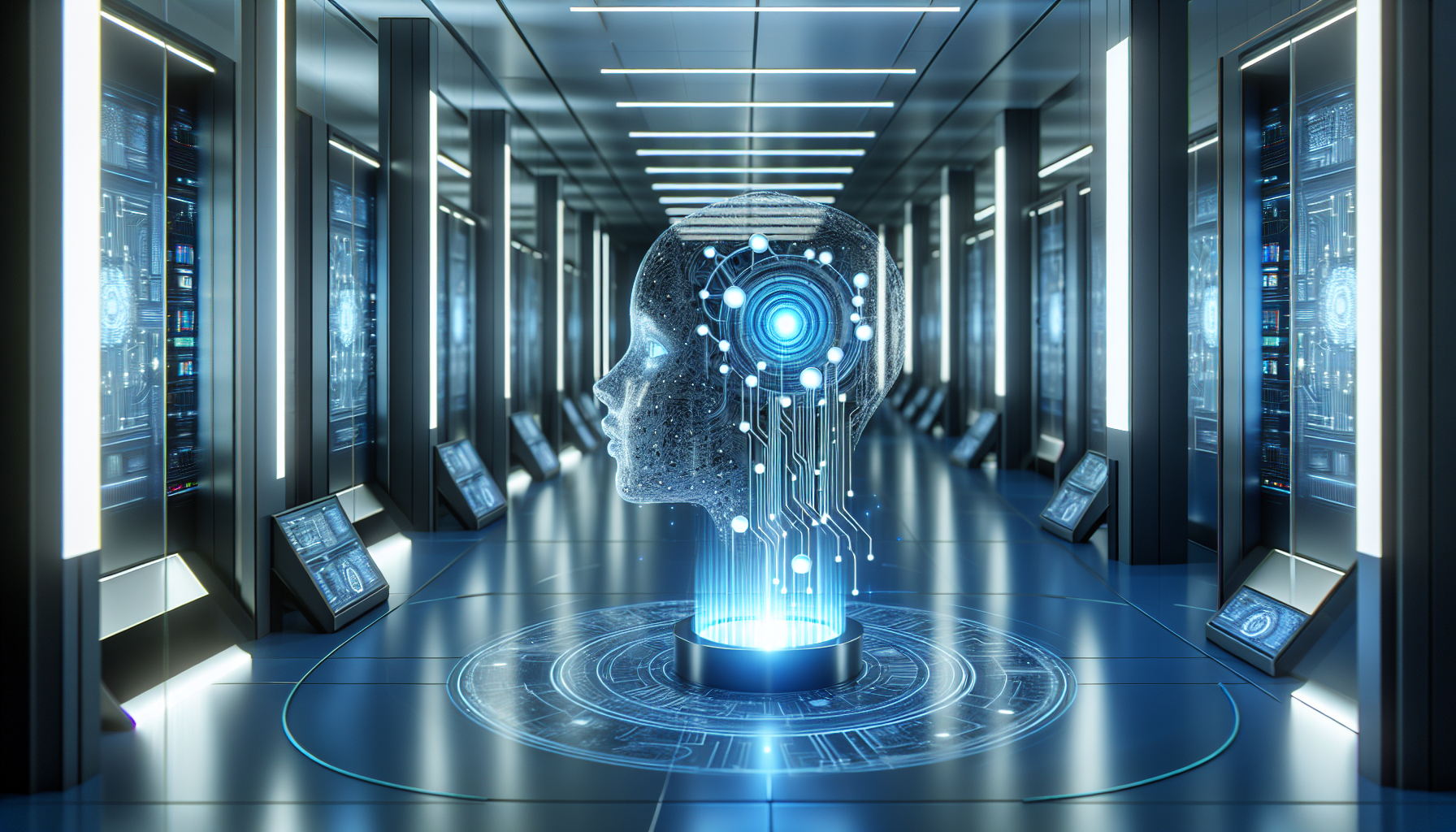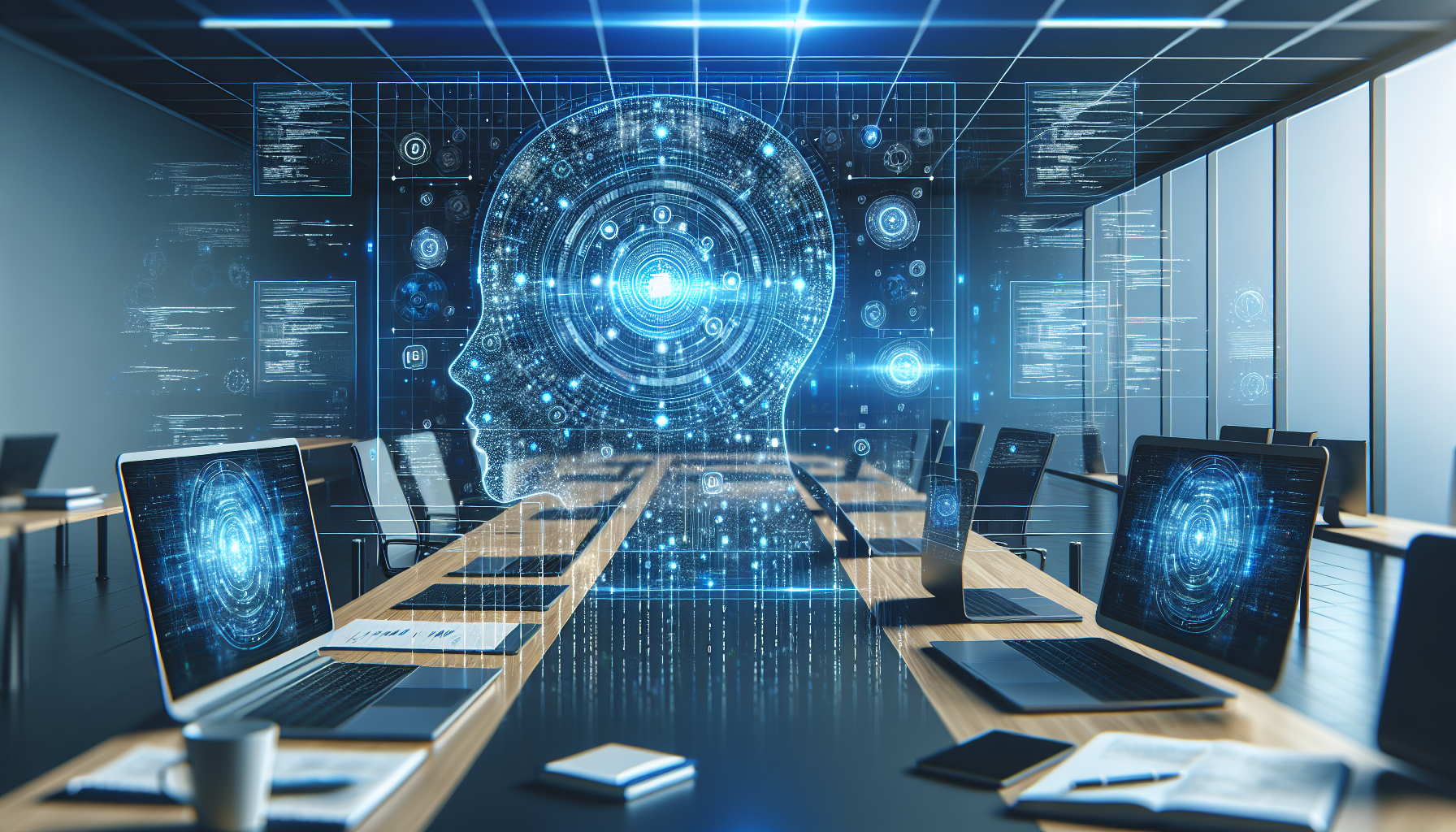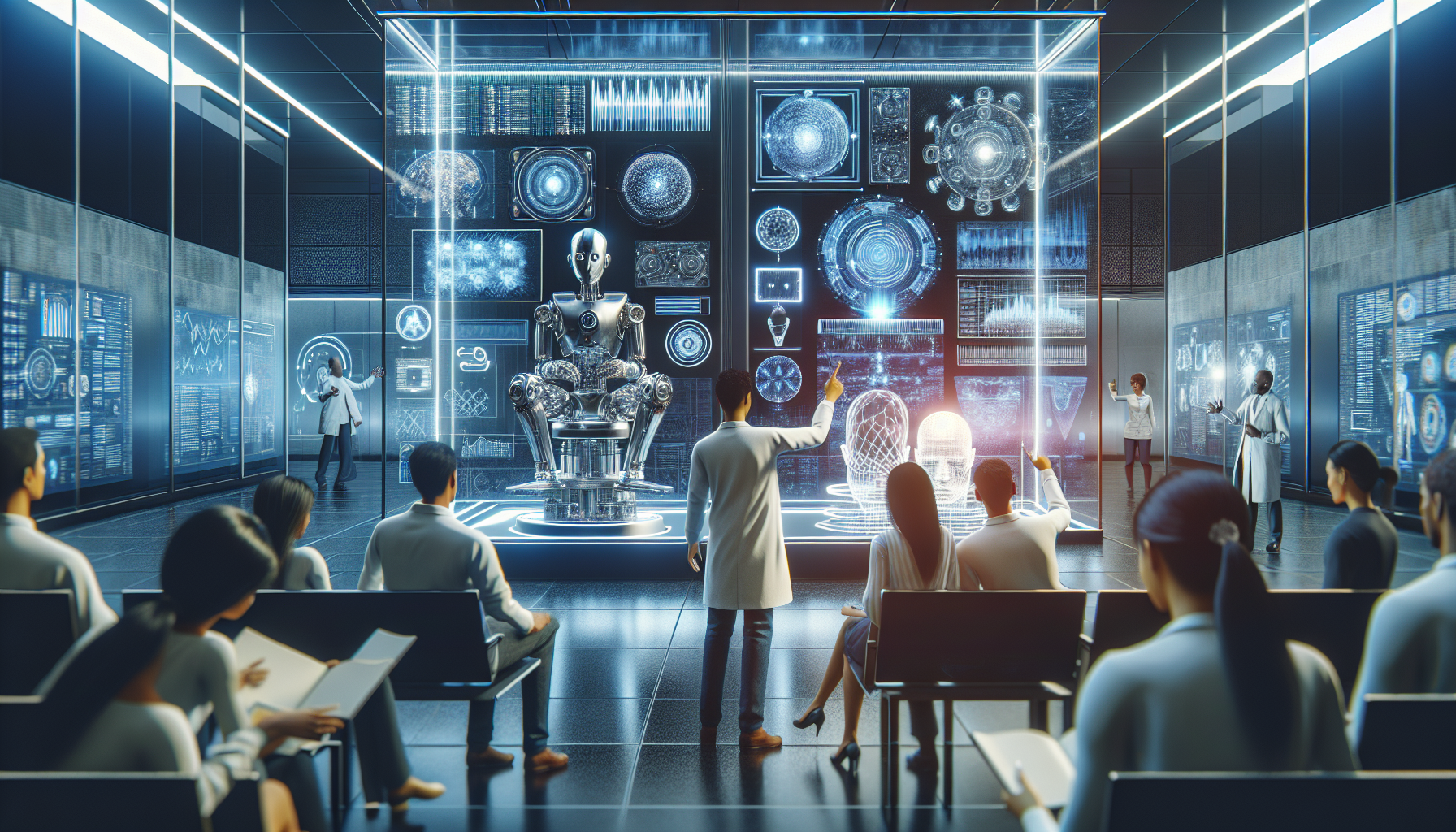
AI and IoT: Debunking Myths at Their Intersection
August 18, 2025
Imagine walking into your home after a long day. The lights automatically adjust to your preferred brightness, the thermostat sets itself to a cozy temperature, and your favorite podcast starts playing softly in the background. This seamless experience is made possible by the integration of Artificial Intelligence (AI) and the Internet of Things (IoT). Yet, for all its promise, this intersection is often shrouded in misconceptions. Let’s take a closer look and separate fact from fiction.
First up, the myth that AI and IoT are the same thing. It’s common to hear these terms used interchangeably, but they refer to distinct concepts. IoT is about connectivity. Think of it as the network of physical objects—your smart fridge, fitness tracker, or security camera—that are embedded with sensors and software to connect and exchange data with other devices over the internet. AI, on the other hand, deals with the intelligence part. It’s the technology that processes and analyzes the data collected by IoT devices to make informed decisions or predictions. Simply put, IoT gathers the data, and AI does the thinking.
Another myth worth busting is the belief that AI-driven IoT solutions are only for tech giants or industries with deep pockets. While it’s true that major corporations have been early adopters, the democratization of technology means that small businesses and even individual consumers can now leverage these innovations. From smart farming solutions that optimize water usage to home assistants that learn your daily routines, the applications are as diverse as they are accessible.
Let’s tackle the assumption that AI-powered IoT systems are inherently insecure. Security is a genuine concern, no doubt. When you have a network of connected devices, each one potentially becomes a gateway for cyber threats. However, the industry is acutely aware of these vulnerabilities and is actively working on robust security protocols. End-to-end encryption, secure boot processes, and regular firmware updates are just a few measures being implemented to safeguard devices. While it’s crucial to remain vigilant, painting all AI and IoT systems with a broad brush of insecurity does not reflect the ongoing advancements in cybersecurity.
Then, there’s the fear that AI and IoT will render human jobs obsolete. The narrative often suggests a future where robots and smart devices take over the workforce, leaving humans in the dust. This dystopian view overlooks the potential for AI and IoT to augment human capabilities rather than replace them. Consider the healthcare sector, where AI-driven IoT devices assist doctors by monitoring patient vitals in real time, allowing for early detection of anomalies. Instead of replacing medical professionals, these technologies empower them to make more accurate diagnoses and provide better patient care.
We also encounter the myth that AI and IoT are a passing trend. If anything, these technologies are becoming integral to how we interact with the world. The constant evolution and integration of AI with IoT mean that they are not only here to stay but are poised to become more embedded in daily life. Emerging markets and developing regions are seeing a surge in IoT adoption, driven by the availability of affordable technology and the need for innovative solutions to local challenges. This global spread indicates a long-term shift rather than a fleeting fad.
Finally, there is the misconception that AI and IoT can solve every problem. While these technologies hold immense potential, they are not magic bullets. They work best when combined with human insight and creativity. For instance, AI can process vast amounts of data to identify patterns, but it still requires human interpretation to apply these insights meaningfully. The success of AI and IoT projects often hinges on collaboration between technologists, domain experts, and end-users.
As we continue to explore the possibilities at the intersection of AI and IoT, it’s essential to approach these technologies with both enthusiasm and a healthy dose of skepticism. By challenging misconceptions and understanding the intricacies of AI and IoT, we open the door to more informed discussions about their role in shaping the future. What other assumptions might we need to reconsider as we integrate these technologies into our lives?


